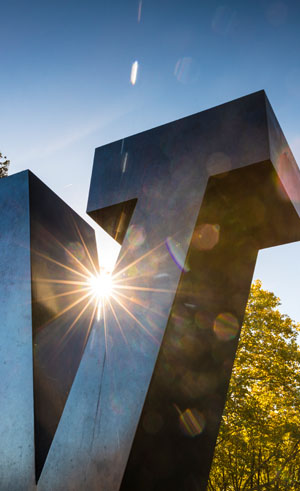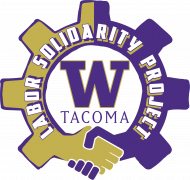
Solidarity Now: A New Look at the 1968 Poor People’s Campaign (morning tour option)
Morning tour option: 11:30 museum tour followed by 12:30 lecture
View the traveling Smithsonian exhibit at Tacoma’s Washington State History Museum, followed by an illuminating talk by Prof. Emeritus Mike Honey.
This traveling exhibition from the Smithsonian highlights the often-overlooked history of the multicultural movement to confront poverty that redefined social justice and activism in America.
The lecture will be offered only at 12:30. You may sign up for either this 11:30 am museum tour or for the 1:30 pm tour, which will be the same.
In 1968, thousands of people built a protest community and for nearly six weeks inhabited “a city of hope” on 15 acres of the National Mall in Washington, D.C., to call the nation’s attention to the crippling effects of poverty for millions of Americans. The protest site was called Resurrection City.
The exhibition presents photographs, oral histories of participants and organizers, and an array of protest signs, political buttons, and audio field recordings collected during the campaign. A 3D map of Resurrection City allows visitors to examine the planned spaces for housing, a cultural center, city hall, theater stage and essential services, including food and dining, sanitation, communications, education, medical and dental care, and childcare.
Prof. Honey will speak on “To the Promised Land: Martin Luther King and the Poor People’s Campaign in Historical Perspective, Then and Now.” He will tie the Poor People’s Campaign into Martin Luther King’s economic justice and antiwar framework and the Memphis labor strike. Mike also will get out his guitar and share songs from the Civil Rights era.
In this session, participants can tour the museum exhibit at 11:30 and gather in the museum auditorium for Mike’s talk at 12:30. There is no charge for this tour and talk. Our thanks to the UW Tacoma Labor Solidarity Project for their financial contribution to this program.
ACCESSIBILITY NOTES: The museum and the exhibit are mobility accessible. Wheelchairs are available at admissions. There is elevator access in the building. Prof. Honey will use voice amplification.


